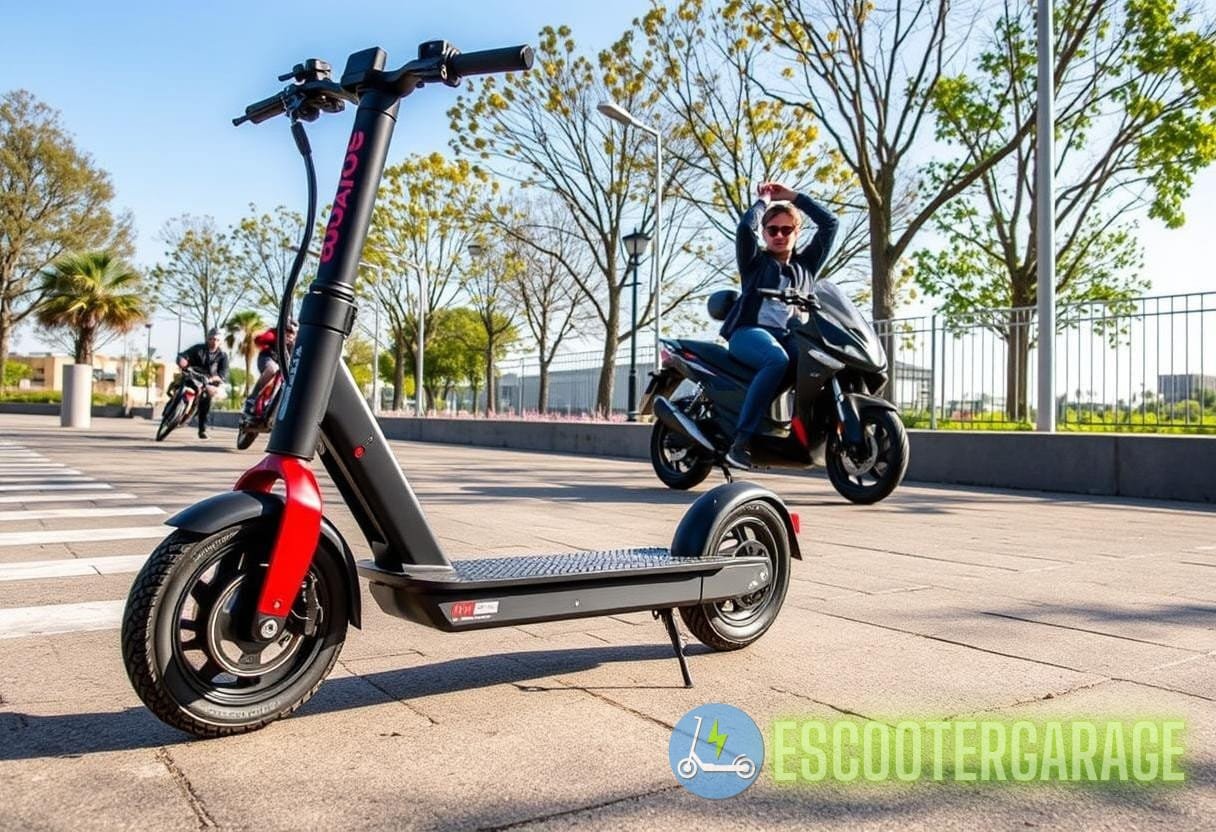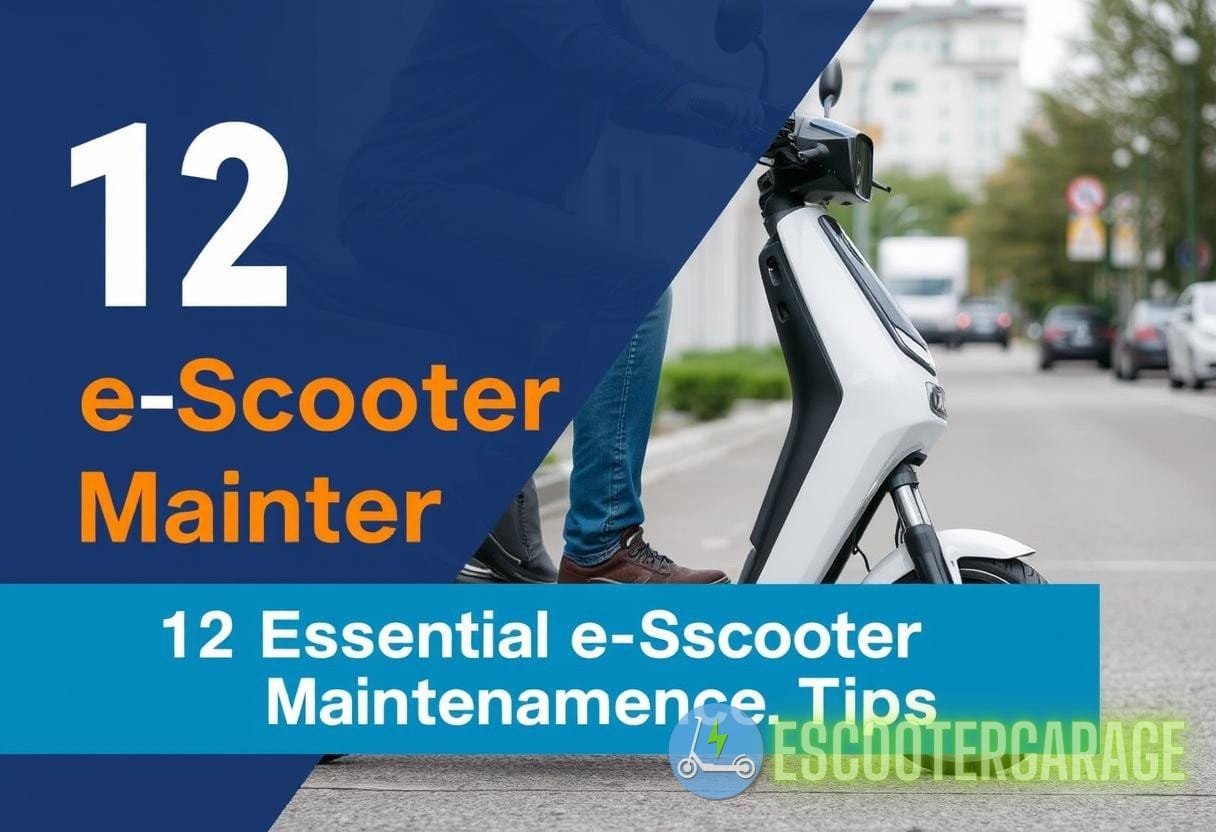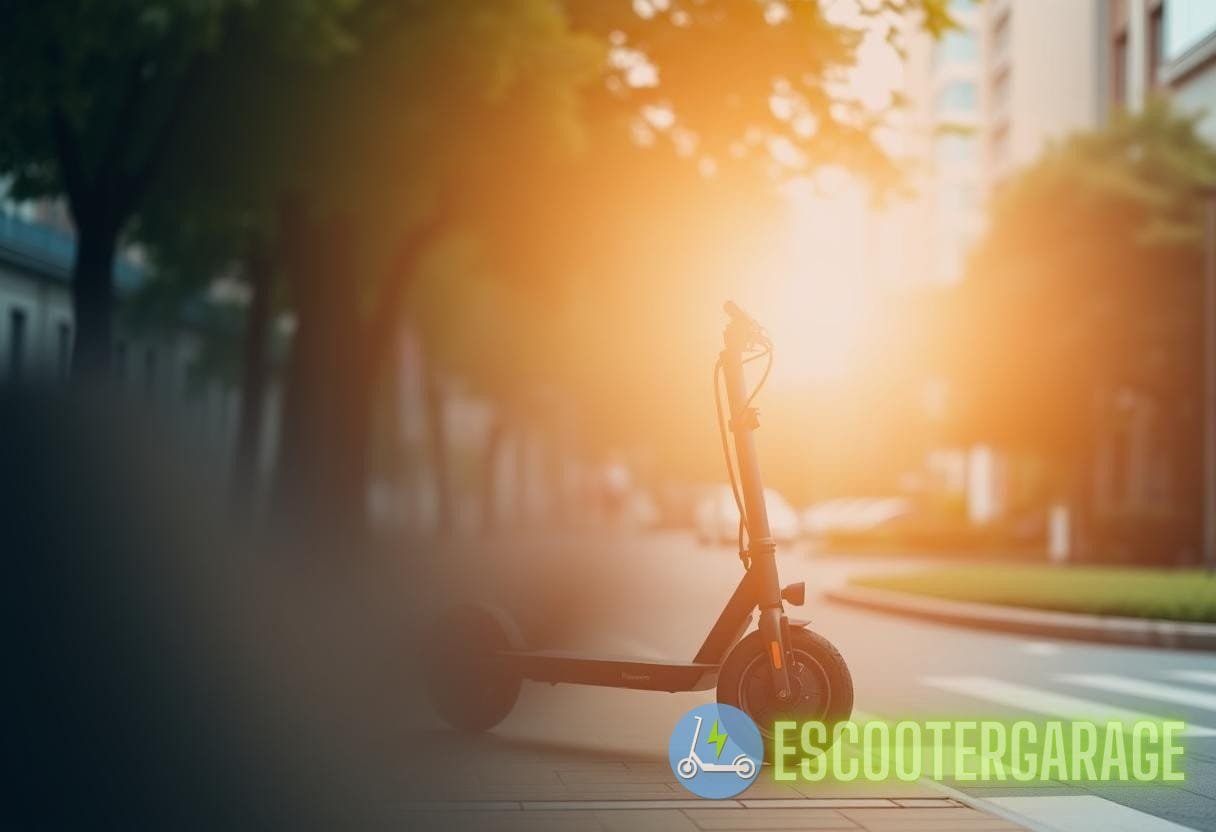Exploring the Influence of Terrain on eScooter Performance: A Scientific Guide to Adapting Your Ride
As the popularity of electric scooters, or eScooters, continues to rise in urban environments, understanding the terrain impact on escooters has become more critical than ever. Different terrains can significantly affect the performance, safety, and efficiency of your ride. This guide delves into the various types of terrains, their effects on eScooter performance, and how riders can adapt their approach based on these conditions.
Understanding eScooter Performance
Before exploring the impact of terrain, it’s essential to grasp the fundamental aspects of eScooter performance. Key metrics to consider include:
- Speed: The maximum speed an eScooter can achieve, which may vary based on terrain.
- Range: The distance an eScooter can travel on a single charge.
- Acceleration: The rate at which an eScooter can increase speed.
- Braking Distance: How quickly an eScooter can come to a halt.
- Efficiency: The energy consumption per mile driven.
These metrics are influenced by several factors, including the rider’s weight, the eScooter’s specifications, and of course, the type of terrain.
Types of Terrain
Terrain can be broadly categorized into several types, each affecting eScooter performance differently:
- Flat Terrain: Typically the easiest for eScooters, allowing for greater speeds and extended ranges.
- Hilly Terrain: Presents unique challenges as going uphill requires more power, while descending may increase speed significantly.
- Paved Surfaces: Optimal for eScooter use, providing smooth travel with minimal resistance.
- Off-Road: Involves uneven surfaces like gravel, dirt, or grass, leading to reduced stability and performance.
- Wet or Icy Terrain: Increases the risk of slipping and requires extra caution.
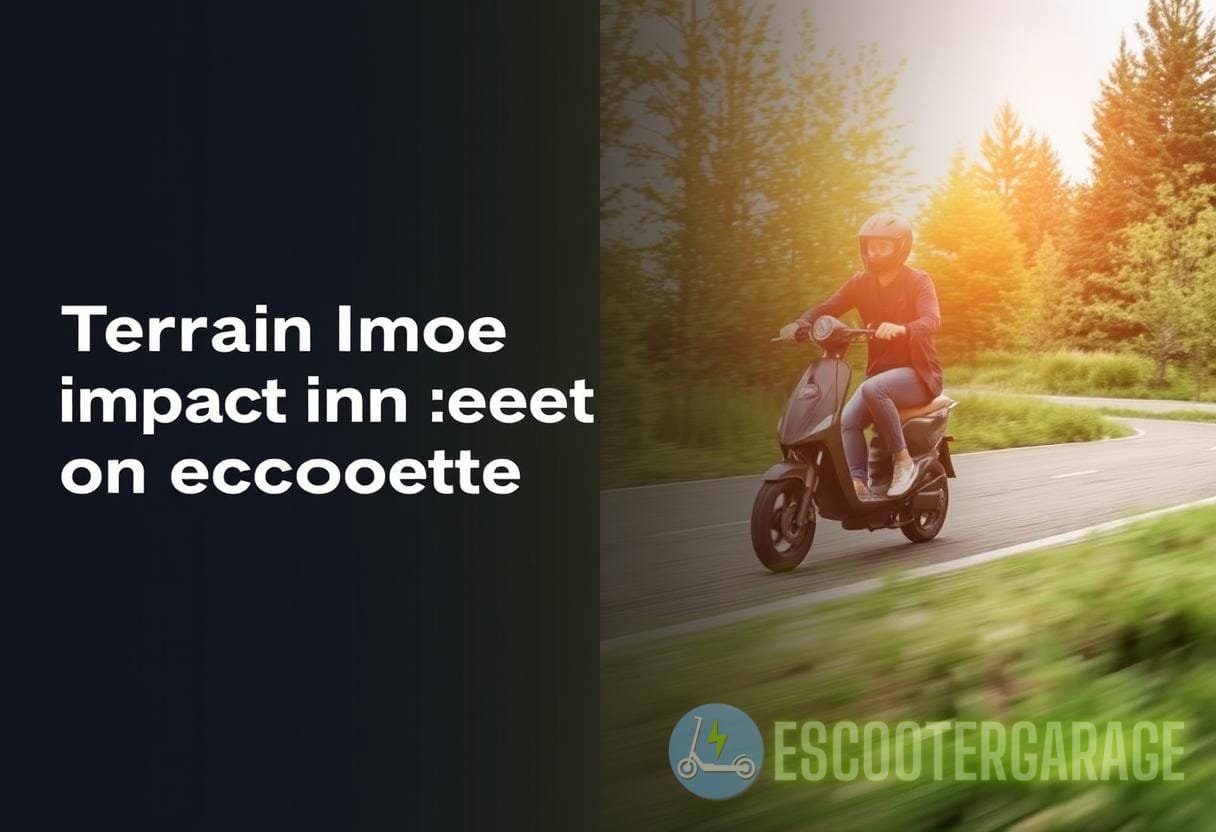
The Science Behind Terrain Impact on eScooters
Physical Principles Affecting Performance
Numerous physical principles play a role in the terrain impact on escooters. These include:
- Friction: The amount of grip between the eScooter’s tires and the surface can affect acceleration and stopping power. Wet or loose surfaces increase slip.
- Incline Resistance: Hill gradients directly affect an eScooter’s ability to accelerate, increasing the voltage required from the battery.
- Weight Distribution: Varies based on rider position and terrain type, affecting balance and control.
Quantified Impacts on Performance
Research indicates that eScooters operating on flat terrain can achieve speeds of up to 28 mph efficiently, while climbing a 10% incline can reduce speed by about 30%. The Pedestrian and Bicycle Information Center provides valuable data that underscores these performance variances.
Real-World Case Studies
Several studies and real-world tests have been conducted on various eScooter models across different terrains, demonstrating the urgency of understanding these impacts:
- A study conducted by the Journal of Transportation Engineering found that riders experienced a 25% increase in battery consumption when traversing hilly routes compared to flat ones.
- User reviews and experiences on platforms like Reddit’s Electric Scooters Subreddit often highlight performance discrepancies when comparing rides on similar eScooter models across different terrains.
Adapting Your Ride Based on Terrain
Preparation and Maintenance
Proper maintenance ensures an eScooter remains efficient across various terrains. Consider the following:
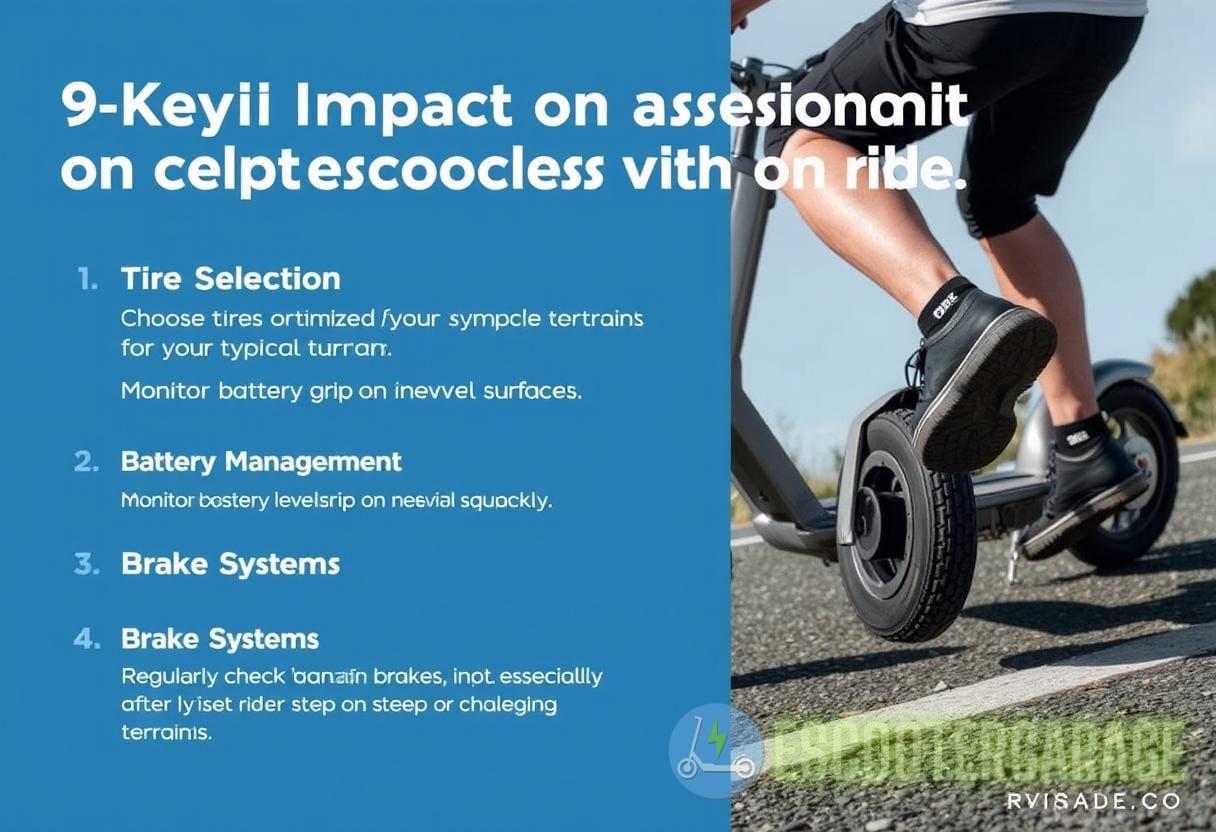
- Tire Selection: Choose tires optimized for your typical terrain; wider tires may provide better grip on uneven surfaces.
- Battery Management: Monitor battery levels closer when riding on inclines, as they deplete more quickly.
- Brake Systems: Regularly check and maintain brakes, especially after rides on steep or challenging terrains.
- Weight Load: Consider the rider’s weight and any additional cargo; excessive weight can strain the motor, particularly on hills.
Riding Techniques for Different Terrains
Riding techniques should also be adjusted based on the terrain. Here are specific tips for various situations:
- On Flat Terrain: Maintain a steady speed and use cruise control, if available, to maximize battery life.
- Going Uphill: Gradually increase throttle and maintain a straight posture to enhance aerodynamics.
- Descending Downhill: Allow gravity to assist but be prepared to brake smoothly to avoid losing control.
- On Paved Roads: Utilize bike lanes where available for safety and smoother rides.
- Off-Road Riding: Shift your body weight back slightly to enhance control and maintain balance on uneven surfaces.
Safety Considerations
Riding an eScooter involves risks, especially on various terrains. To ensure safety, follow these guidelines:
- Wear Protective Gear: Helmets, knee pads, and elbow pads can minimize injuries from falls.
- Check Weather Conditions: Avoid riding during inclement weather, especially in icy or wet conditions.
- Maintain Visibility: Use lights and reflective clothing, particularly in low-light scenarios.
- Know Your Limits: Be aware of your eScooter’s capabilities and avoid challenging terrains if unsure.
Conclusion
Understanding the terrain impact on escooters is vital for optimizing performance, safety, and enjoyment while riding. With the right preparations, adaptations, and ongoing knowledge acquisition, eScooter enthusiasts can navigate their environments confidently, regardless of the challenges that various terrains may present.

